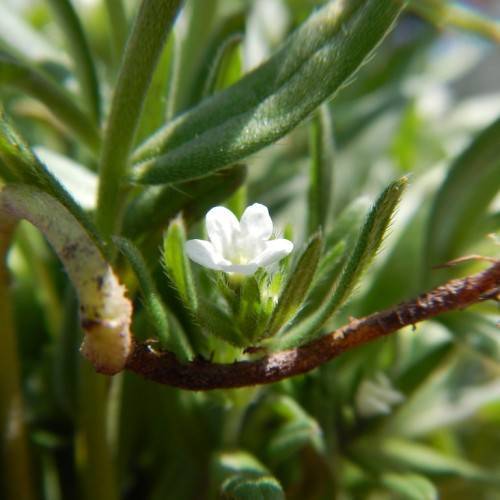
Corn Gromwell
Buglossoides arvensis
Watering:
Average
Hardiness Zone:
Sun:
full sun,part shade
Leaf:
Yes
Growth Rate:
Low
Drought Tolerant:
Yes
Salt Tolerant:
Yes
Invasive:
Yes
watering
Lesser Soft Brome (Bromus x pseudothominii) prefers constantly moist soil, and should be watered whenever the top inch of soil appears dry. However, overwatering should be avoided; too much water may cause the plant to suffer from root rot. During the start of the growing season, Lesser Soft Brome should be watered once a week or every 5 to 7 days. Once established, it should be watered every 2 weeks or 3 weeks during the hot summer months. During the fall and winter, Lesser Soft Brome should be watered more sparingly; just enough to keep the soil moist but not soggy.
sunlight
Lesser Soft Brome is a moderately fast-growing plant species that prefers full sun. It should receive at least 6 hours of direct sunlight per day, with full, direct sun for 8 hours or more being ideal. Avoid deliberately exposing this species to extended direct sun during the hottest periods of the day, such as between the hours of 11 am and 3 pm during the summer months. If possible, plant in partial shade, or position it closer to a source of morning light.
pruning
Lesser Soft Brome requires minimal pruning and should only be pruned during its dormant season. This plant can be pruned back to the ground in late fall or early winter. Care should be taken when pruning to remove dead, diseased, or damaged foliage that is not able to be salvaged. Pruning should be kept to a minimum in order to avoid shock to the plant. Pruning can also be done to shape the plant, thin out excess growth or to stimulate new leaf growth. Pruning should never exceed 1-third of the total height of the plant.
